MBasile
TPF Noob!
- Joined
- Apr 30, 2008
- Messages
- 362
- Reaction score
- 3
- Location
- Sunnyvale, CA
- Website
- www.matthewbasile.com
- Can others edit my Photos
- Photos NOT OK to edit
So I know with the smaller frame DSLR's the focal length is multiplied (~1.5x for mine). Knowing this, wouldn't getting a 30mm (well, 33 would be optimal) prime lens make more sense than a 50mm? 50mm on film gave the perspective of the human eye, and unless I am missing something, it seems to me that 30mm on an APS-C sensor would be the digital version, correct?



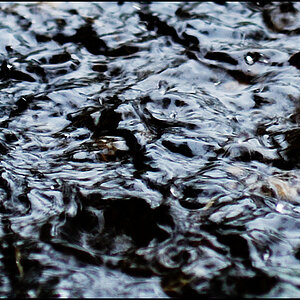
![[No title]](/data/xfmg/thumbnail/40/40299-41bf1ccac2889096fb5f4fcffdd56721.jpg?1619739411)
![[No title]](/data/xfmg/thumbnail/37/37110-1d5d98524f9f6a8623703161610ef439.jpg?1619737882)
![[No title]](/data/xfmg/thumbnail/41/41786-0de67cacf7270937b4833f67d003f9c2.jpg?1619739891)
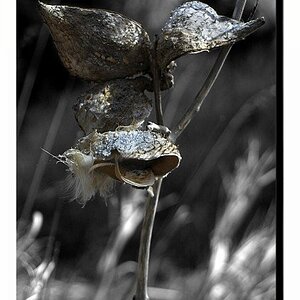
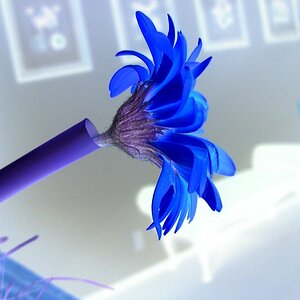
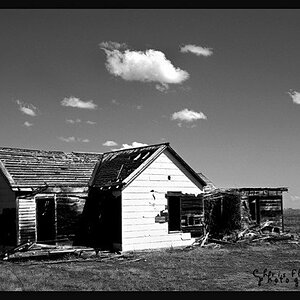
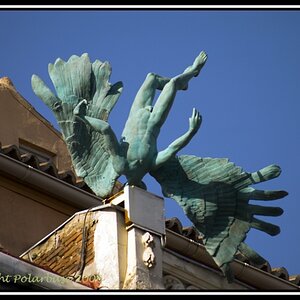
![[No title]](/data/xfmg/thumbnail/40/40301-fa48a5125a6849a0a400dff1599c4b30.jpg?1619739412)
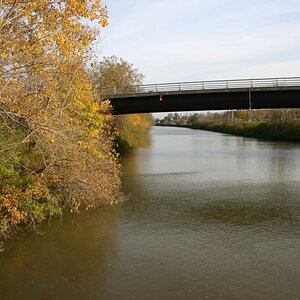
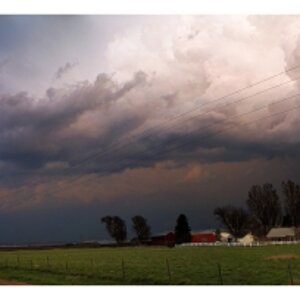
![[No title]](/data/xfmg/thumbnail/35/35952-55c8d42ec1c6ff0e13b45356cbf9c068.jpg?1619737263)